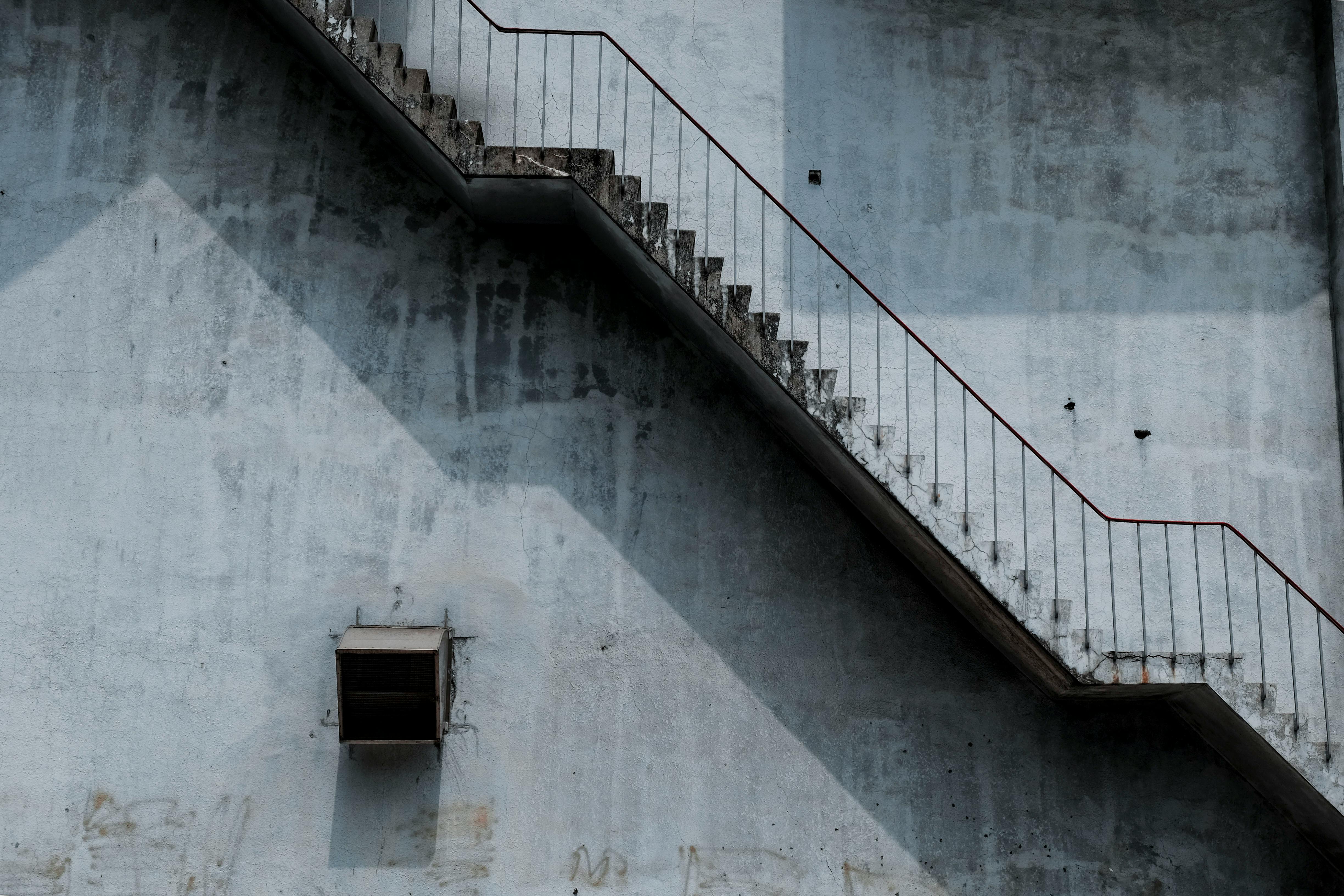Remodeling? Consider termite resistant materials and techniques
Termites are a serious problem in much of the US In the Southeast, Hawaii, and California, termite problems are serious. It would make perfect sense to build or remodel our homes in a way that prevents termites rather than waiting until we have a termite problem and then working hard to eliminate the problem. This article will consider a number of techniques and materials that will help prevent termites from becoming a problem.
The first thing to understand is that termites need food and water to survive. If we can build or remodel our houses in ways that deny termites access to food and water, the threat will be drastically reduced. While that sounds simple, the devil is in the details. The 3 basic steps in preventive construction are:
1) a good preventive design that includes a variety of techniques,
2) use of termite resistant building materials, and
3) installation of barriers to prevent termite access.
Preventive design involves keeping the structure dry, controlling moisture in and around the structure, and making it easy to inspect for termites. Research shows that most infestations begin with wood-to-soil contact. A good design will avoid contact between the wood and the ground. The next thing is to avoid humidity problems. Wet wood is a termite magnet. Make sure the soil is clear of the house. Reduce humidity in access spaces. Access panel design for high risk areas, such as where plumbing penetrates the structure.
Termite resistant building materials are an important part of the termite prevention puzzle. Options include using steel frames instead of wood, using treated wood, or naturally strong woods like cypress heartwood. A newer option is plastic or composite woods. These are made from 100% recycled plastic or plastic mixed with wood fiber waste like sawdust. There are various grades available. One way to improve the termite resistance of existing wood is to paint or spray with a borate preventative solution. This is a great option if you are replacing or installing new drywall so that the studs are fully exposed. Borates penetrate wood, do not break down over time and will last a long time.
In the US, chemical barriers are widely used and quite effective. Physical barriers for subterranean termites consist of a stainless steel mesh and crushed sand or stone. Formosan termites can go through cracks up to 1.4 mm or 0.55 inches wide. A proven solution is stainless steel mesh. This mesh is a bit expensive and its usefulness depends entirely on a correct installation. Another solution that can work in certain locations is crushed stone or sand. The size of the particles is critical. The particle size must be adjusted for the specific termite in the area. If there is more than one subterranean termite in the area, this solution will not work.
Physical barriers for drywood termites mean that the structure must be completely sealed. After the remodel is complete, use caulk and expanding foam to seal every small crevice and crevice. Leaving only a small opening means termites have access to your home. Eventually one of them will enter and start a colony.
The safest approach to termite remodeling is to employ all possible techniques and technologies. However, reality imposes limits in terms of time and money. First, opt for the most effective methods and materials. You want to get the most out of your investment. Eliminate contact between wood and ground. Tilt the floor away from the structure. Add access panels. Spray a borate solution on the exposed wood. Use termite resistant building materials. Seal the remodel project completely. And get a termite inspection once a year. Different states have different codes and different laws. Always consult construction and pest control professionals before implementing the above ideas.
